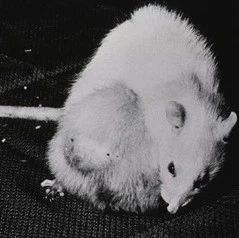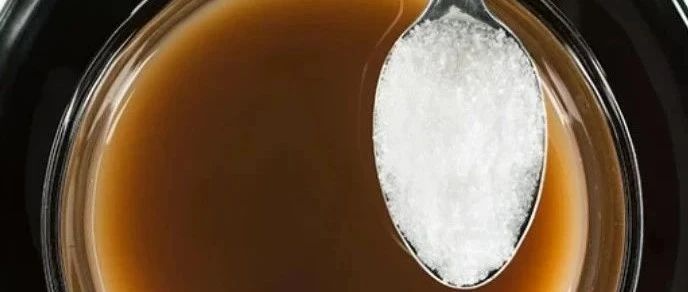瑞士研究人员在美国同事们的帮助下,成功地利用小鼠胚胎干细胞成功地制造出甲状腺组织(thyroid tissue)。他们还发现将这种新产生的组织移植到10只实验小鼠的发生功能故障的甲状腺之上,能够让它们中的9只小鼠的甲状腺功能完全恢复。相关研究结果近期刊登在《自然》期刊上。
甲状腺是一种在颈部发现的内分泌腺体。它的作用是控制身体如何快速地使用能量和产生某些蛋白。它也在调节其他激素的反应性上发挥着作用。它通过产生甲状腺激素来发挥它的作用。甲状腺激素允许正常的身体生长和心智发展。如果甲状腺受损或者异常生长,那么一种被称作甲状腺功能减退(hypothyroidism)的疾病就产生了。这种疾病导致甲状腺激素产生的水平下降。
为了治疗这种疾病,研究人员将目光转向器官再生,即一种操作干细胞长出新的器官细胞的过程。但是,甲状腺再生过程要求细胞必须长出物理上最佳的形状,这就使得事情复杂化。这种形状拥有球形的甲状腺滤泡,这种滤泡捕获碘化物并且在达到一种临界浓度之前持续地捕获它。
为了解决这种挑战,研究人员获得来自小鼠胚胎的干细胞,对这些干细胞进行基因改造而让它们表达两种蛋白NKX2-1和PAX8,其中两种蛋白在正常条件下只在甲状腺中一起表达。为了让甲状腺滤泡产生,他们在盘碟中让这些干细胞接触促甲状腺素(thyrotropin),这就导致它们发育成类似于在健康的甲状腺中发现的那些滤泡的三维结构。
鉴于他们的初步研究取得的大有希望的结果,研究人员将新培养出的组织移植到患有甲状腺功能减退的小鼠体内,结果发现在10只实验小鼠中有9只小鼠的甲状腺功能完全恢复。
在开展人临床试验之前,在这个领域,人们还必须进行更多的研究以便确定是否存在任何不良副作用。然而,在当前这项研究中,研究人员报道的这种方法看起来是非常大有希望的,为那些因感染、药物使用或放射治疗而失去甲状腺功能的人们带来希望。

 Generation of functional thyroid from embryonic stem cells
Generation of functional thyroid from embryonic stem cells
Francesco Antonica, Dominika Figini Kasprzyk, Robert Opitz, Michelina Iacovino, Xiao-Hui Liao, Alexandra Mihaela Dumitrescu, Samuel Refetoff, Kathelijne Peremans, Mario Manto, Michael Kyba & Sabine Costagliola
The primary function of the thyroid gland is to metabolize iodide by synthesizing thyroid hormones, which are critical regulators of growth, development and metabolism in almost all tissues. So far, research on thyroid morphogenesis has been missing an efficient stem-cell model system that allows for the in vitro recapitulation of the molecular and morphogenic events regulating thyroid follicular-cell differentiation and subsequent assembly into functional thyroid follicles. Here we report that a transient overexpression of the transcription factors NKX2-1 and PAX8 is sufficient to direct mouse embryonic stem-cell differentiation into thyroid follicular cells that organize into three-dimensional follicular structures when treated with thyrotropin. These in vitro-derived follicles showed appreciable iodide organification activity. Importantly, when grafted in vivo into athyroid mice, these follicles rescued thyroid hormone plasma levels and promoted subsequent symptomatic recovery. Thus, mouse embryonic stem cells can be induced to differentiate into thyroid follicular cells in vitro and generate functional thyroid tissue.
文献链接:Generation of functional thyroid from embryonic stem cells







